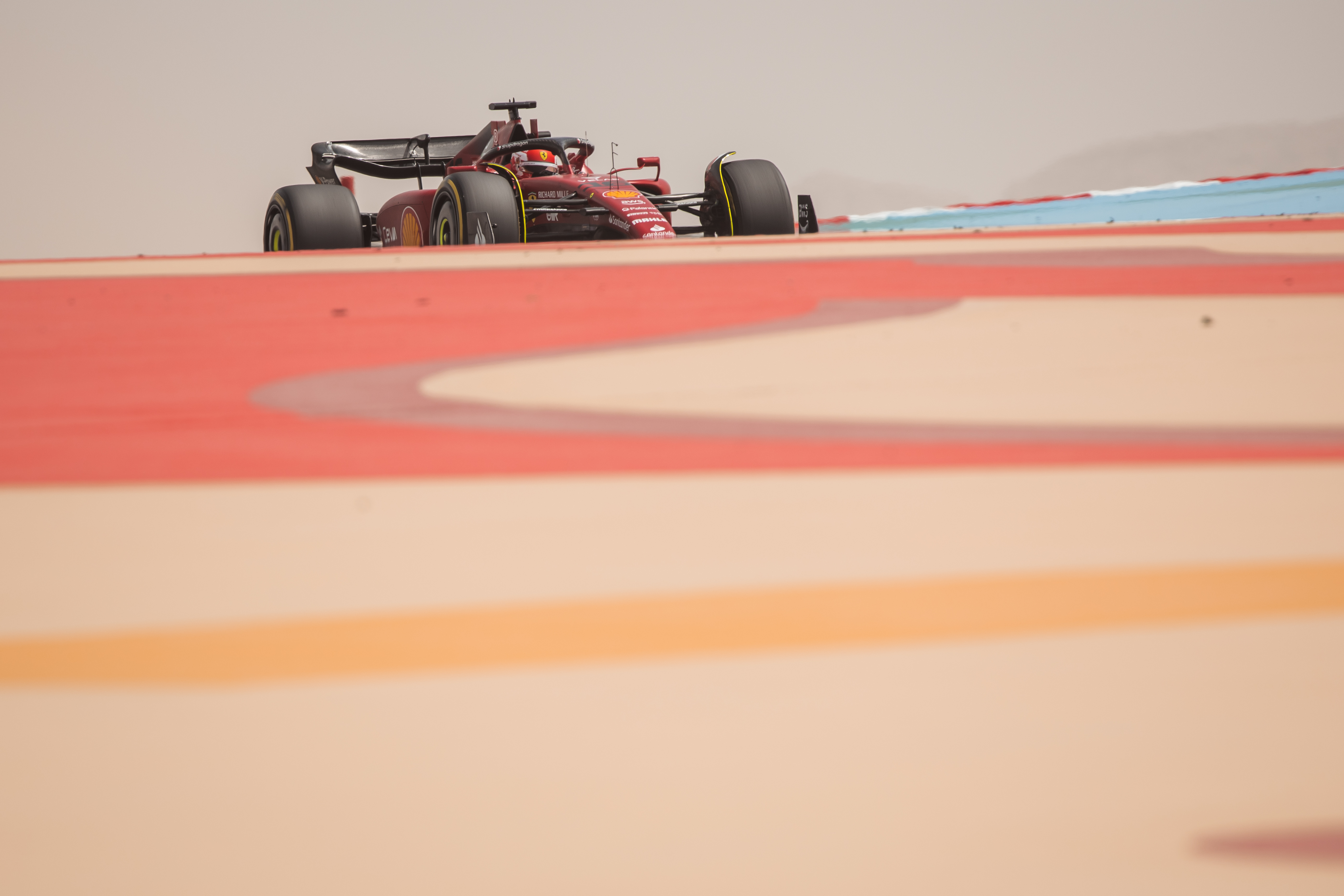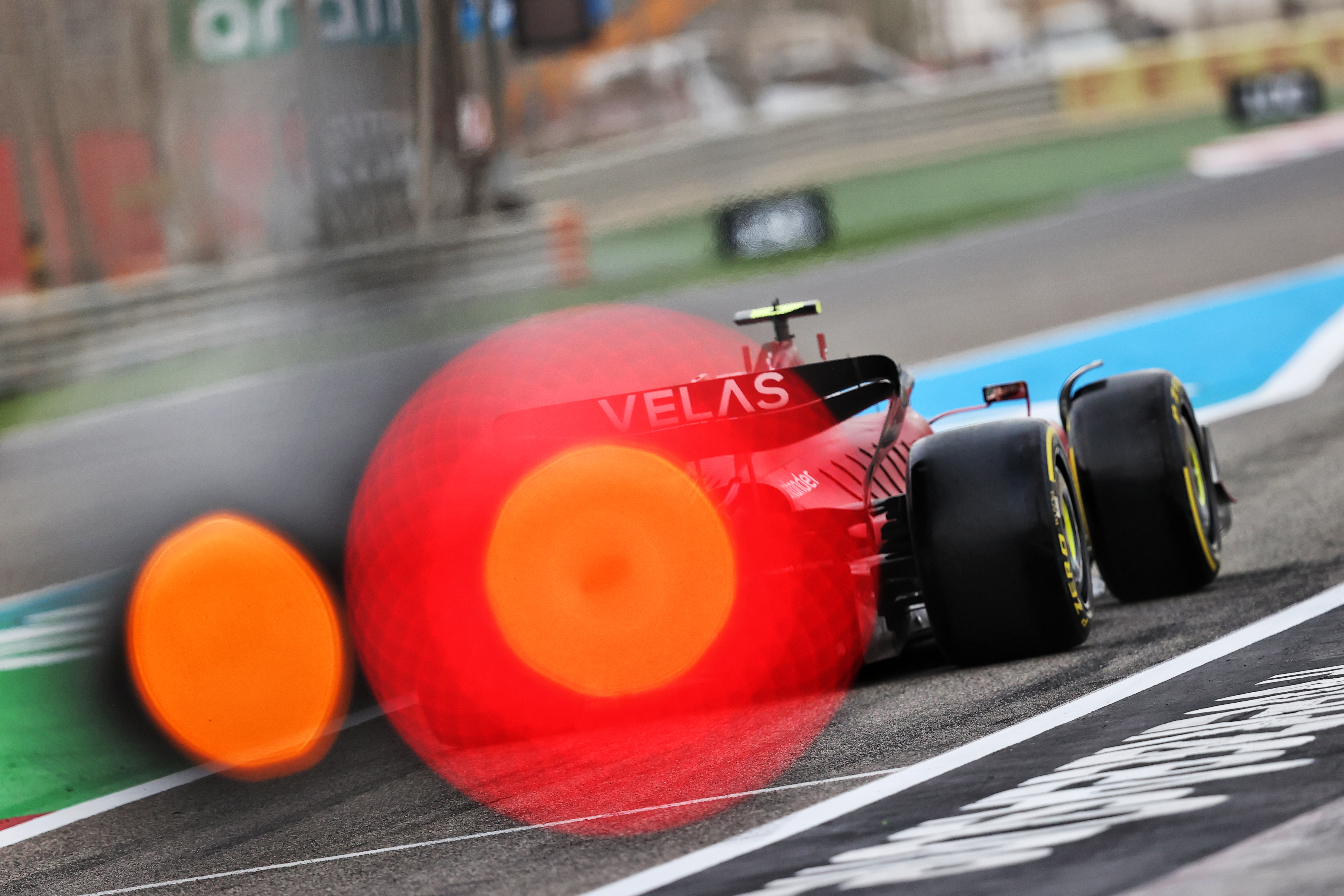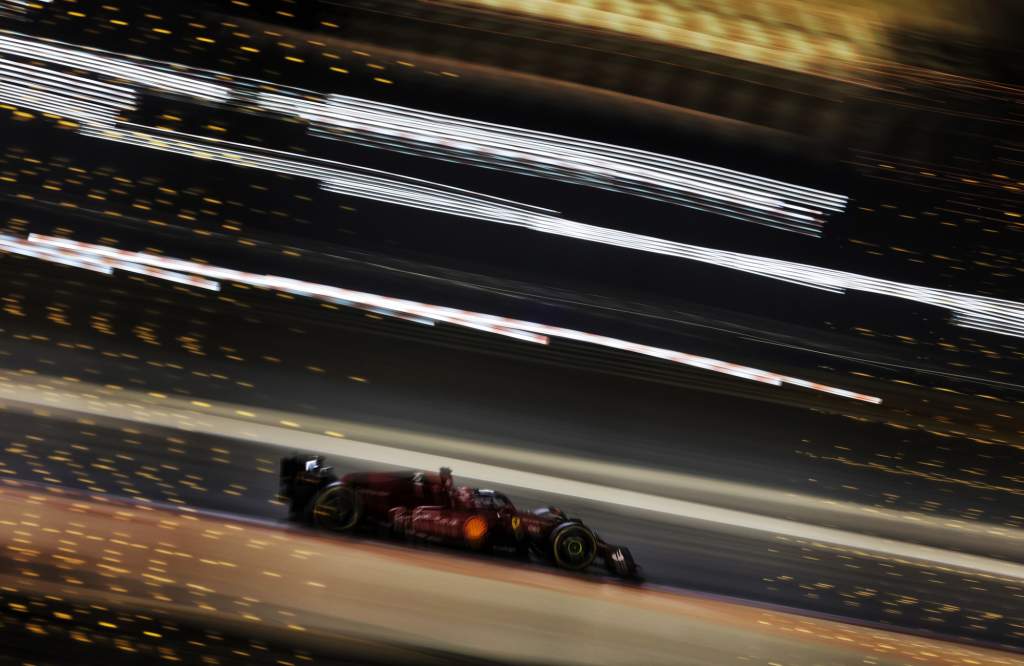Up Next

Ferrari was consistently among the strongest performers of 2022 Formula 1 pre-season testing and looks good on short- and long-run pace.
With both Charles Leclerc and Carlos Sainz, on all tyre compounds and sessions covering a wide range of weather conditions and temperatures, it’s been competitive no matter what track or what day.
Red Bull’s step on the final day in Bahrain appeared to put it a couple of tenths of a second clear, but Ferrari still looks like a strong bet to be its main opposition. So now the question is whether that test pace will carry through to the race weekends.
To answer this means you have to look a bit deeper and consider last year and the year before that, specifically what happened from testing to going racing. Recent years suggest that Ferrari probably runs its car a little bit lighter than Red Bull and/or Mercedes in testing. And when it goes racing, it doesn’t improve. If anything, it drops back a fraction.
So I don’t see why Ferrari would change that philosophy and have a whole different mindset now. Normally a team will stick with its overall philosophy on test fuel loads from year to year.
We know that teams further back tend to try to go for a bit of a glory run because it’s quite important for the sponsors and for the team’s motivation. Ferrari is not in that territory and runs a sensible fuel load in testing usually, but a fuel load that’s still a touch lighter than the other top teams without getting into ‘glory run’ territory.
All the teams at the front try to do the most professional job possible to get the data and to understand the car, and they know that when they make the car lower on fuel, they will go faster. That’s just a simple calculation, so you can handle factoring that into your data.

As long as the balance of the car stays OK with lighter fuel then you’re looking pretty good. Sometimes it doesn’t, though. Sometimes the car changes quite dramatically on lighter fuel, or on softer tyres – which would be what you’d put on for qualifying. And that can lead to different balance or set-up problems, for instance where the car has a little bit of understeer it will understeer more on softer tyres.
So the reality of it is, unless you actually do it, you don’t know if you really can find that bit extra when you have to do it.
This is something Ferrari might also have to be wary of. During its long championship drought, some of the disparities between the promise it might show in testing or practice and what it actually produces when it counts in qualifying and the race have been a case of just not putting things together when it mattered rather than flattering itself with low testing fuel loads.
At the moment, Ferrari appears to have a competitive 2022 package. With either driver and with any tyre on it, it always looks to be doing the job pretty well.
But when push comes to shove on a Saturday afternoon for qualifying, with the sniff of an oily rag as far as fuel load is concerned, getting the tyres working from the first corner of the lap to the last corner is no easy task, there is no substitute for actually having done it before and tried to understand how to do it.
I think we have to take Ferrari’s performance in pre-season testing with a little bit of a question mark beside it. When it really comes to it, can it do the same job?

We’ve seen Ferrari before look good in testing and practice. Its 2022 car looks good in testing, but it’s a different deal when you’re really trying to ring the car’s neck.
Until you’ve done that, you’ve still got question marks over the car’s true potential and its performance.





